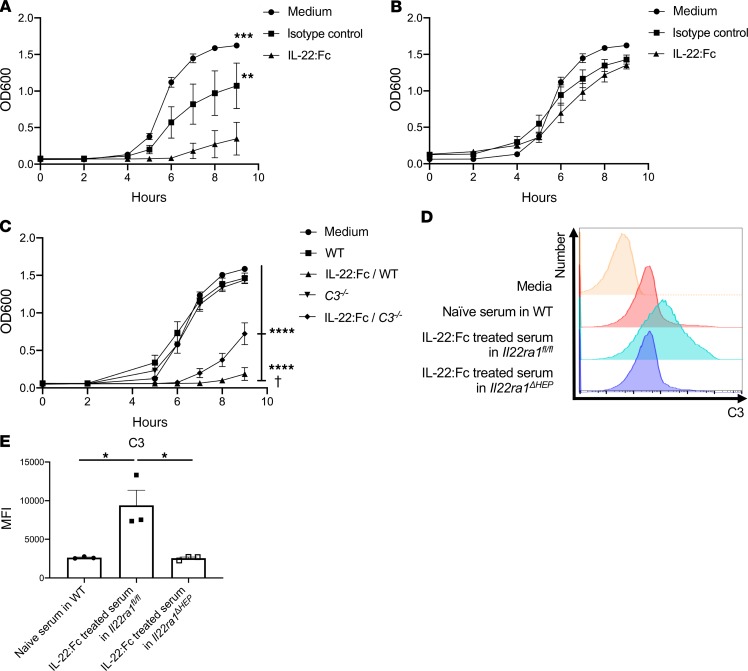Figure 9. IL-22:Fc–mediated bacteriostatic activity is partially dependent on complement produced by hepatocyte.
(A and B) A total of 4 μg IL-22:Fc–treated serum for 24 hours in WT C57BL/6 mice augmented bacteriostatic activity against ST258 C4 (A), and the bacteriostatic effect proved to be heat labile by using heat-inactivated serum (B). (C) The bacteriostatic effect by IL-22:Fc treatment was diminished in C3–/– mice more than WT mice. Lastly, 4- to 8-week-old male Il22ra1fl/fl mice and Il22ra1ΔHEP mice were treated with 4 μg IL-22:Fc i.p. for 24 hours, and blood were collected. (D and E) IL-22:Fc–treated serum in Il22ra1fl/fl mice results in more deposition of C3 binding to ST258 C4 after coincubation with 1 × 105 CFU ST258 C4 in vitro, but the effect was abrogated in Il22ra1ΔHEP mice. Data are presented as mean ± SEM. Representative data are shown of 2 separate experiments. Significant differences are designated by using ANOVA followed by Tukey’s multiple comparisons test. †P < 0.05 (vs. IL-22:Fc–treated C3–/– mice), ****P < 0.0001 (vs. medium, WT, C3–/– mice). *P < 0.05, **P < 0.01, ***P < 0.001.

